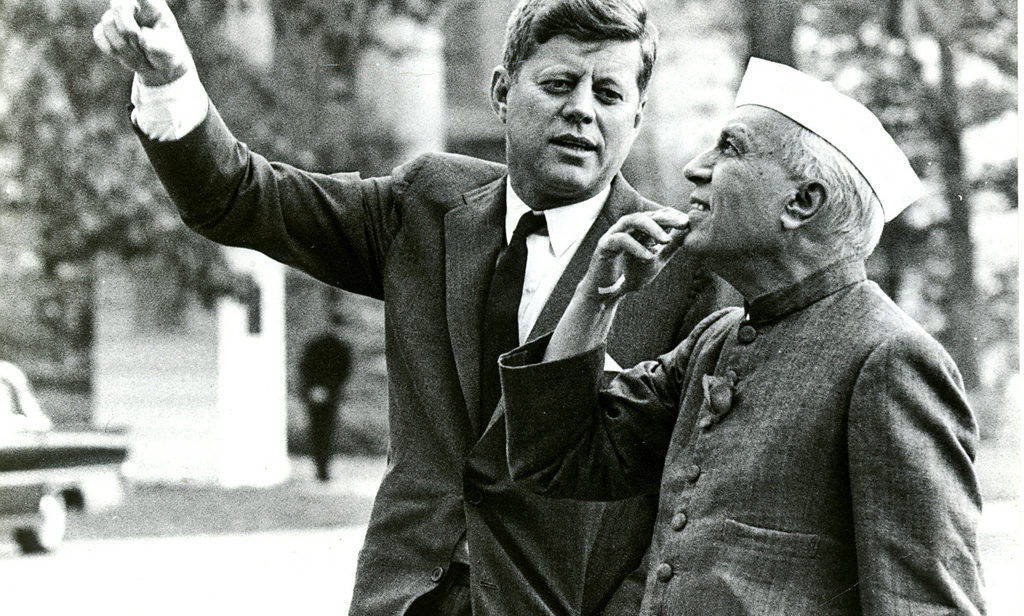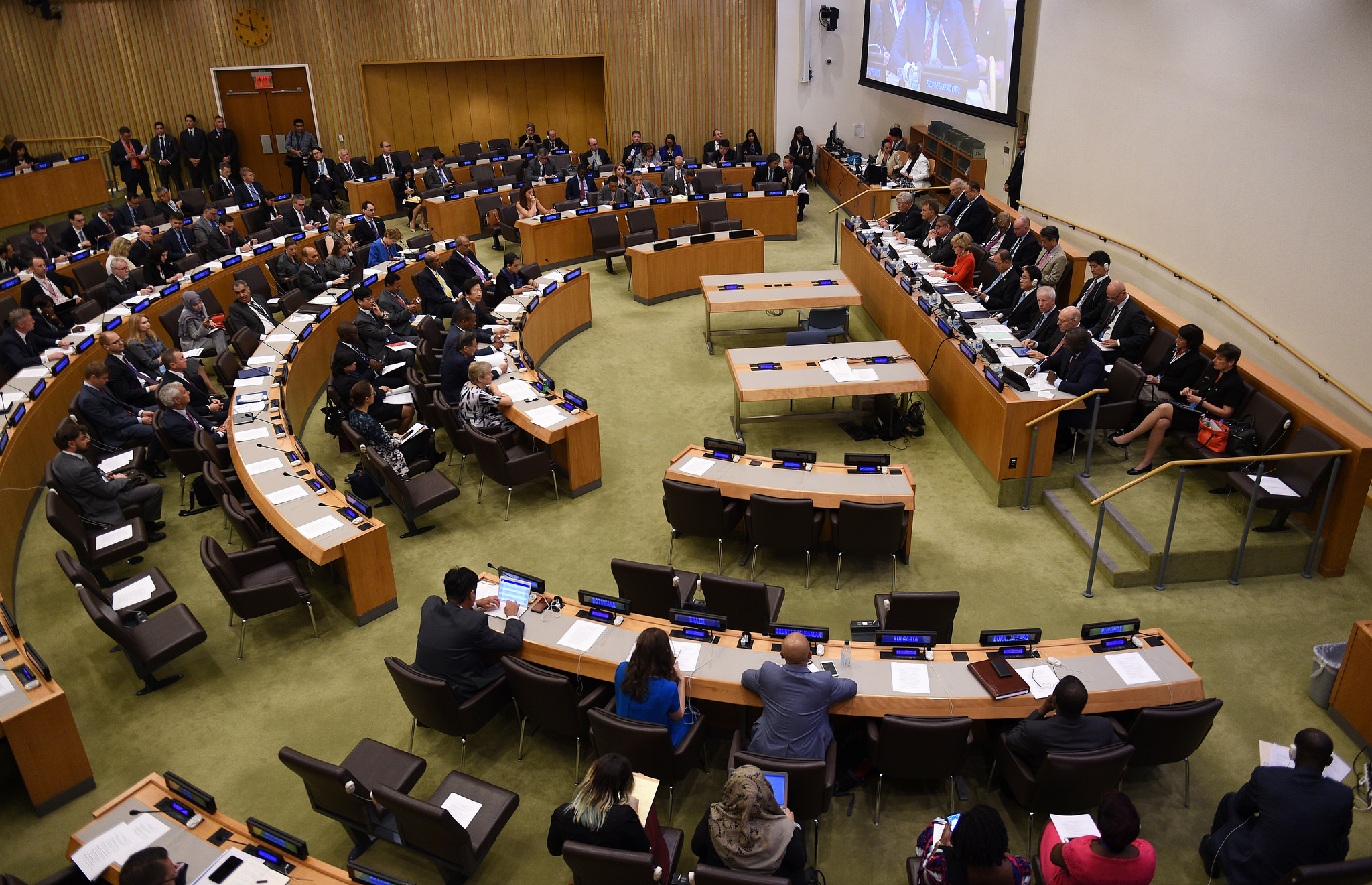
With the 20th anniversary of the Comprehensive Nuclear-Test-Ban Treaty (CTBT) this year, there is renewed debate in the West about its entry into force. To this end, President Barack Obama has sought a United Nations Security Council (UNSC) resolution to reinforce the CTBT and secure his legacy before he exits office. Although this resolution will seek to buttress the importance of the CTBT and the norm against nuclear testing, it will not be legally binding.
Since its inception, India has had a number of reservations about the CTBT. While it has stood by its demand for a nuclear weapons-free world, various principled, procedural, political, and security concerns have stood in the way of its support for the CTBT. For these reasons, India is unlikely to be willing to participate in the Treaty in the event of a UNSC resolution.
India’s relationship with the CTBT has undergone distinct changes. In 1954, Indian Prime Minister Jawaharlal Nehru championed the cause of a nuclear test ban by calling for a “standstill” agreement. In 1993, India was among those that co-sponsored the call for a test ban treaty. However, in 1996, India’s reservations about the Treaty blocked its adoption by the Conference on Disarmament (CD).
India’s principled opposition drew from its emphasis on universal and complete nuclear disarmament in a time-bound manner. India has traditionally believed this to be the end goal with the test ban just being a path to get there. But it did not insist on a complete disarmament clause in 1994, acknowledging that it was a “complex issue.”
The turning of the tides came with the indefinite extension of the NPT in 1995, which did not result in a firm committment to nuclear disarmament by the P5 as sought by the ‘have nots.’ After the NPT extension, India felt that apart from the Fissile Material Cut-Off Treaty (FMCT), the only way to hold the P5 to a time-bound elimination of nuclear weapons clause was through the CTBT. While some of these concerns were incorporated into the CTBT text, the ‘time bound’ aspect was not. India saw the attempt at a test ban becoming an end in itself, while exacerbating technology differences between the ‘haves’ and ‘have nots.’ For instance, one of India’s concerns was the possibility of those already possessing nuclear weapons upgrading their arsenals through sub-critical and laboratory simulated testing.
Another major concern was Article XIV, the entry-into-force (EIF) clause, which India considered a violation of its right to voluntarily withhold participation in an international treaty. The treaty initially made ratification by states that were to be a part of the the CTBT’s International Monitoring System (IMS) mandatory for the treaty’s EIF. Because of this, India withdrew its participation from the IMS.
The final treaty text, however, made EIF contingent on ratification of the CTBT by 44 states – those that were nuclear-capable. India was now bound yet again to ratify the Treaty for it to come into effect, which to it reflected a heavy-handedness in procedure and how the Treaty was being negotiated.
Added to this mix was a crucial domestic political factor: the run-up to the Indian general elections of 1996. The political parties did not want to risk alienating the voting population since foreign policy decisions like these could be misinterpreted as capitulation to the West.
On the security front, India thought that it faced uncertain dangers from Pakistan, and China, which had conducted nuclear tests even while the CTBT was being negotiated. As party to the CTBT, India would be waiving the possibility of testing and developing its own nuclear weapons whereas China would be able to retain its arsenal as per the the NPT. This was compounded by the fear of nuclear collusion between China and Pakistan.

All of this culminated in then Indian envoy to the United Nations in Geneva, Ambassador Arundhati Ghose’s statement at the CD in 1996 in which she said, “…India will not sign this unequal treaty, not now, nor later.”
The 1998 nuclear test changed the nature of India’s opposition to the CTBT. As a nuclear-armed state, its disarmament pledge was on weaker ground and its arguments against the CTBT now also applied to it. Although some in India continue to favour this as grounds for objection, it does not have the same conviction as it did pre-1998. A flipside to this is that signing the CTBT despite India’s denunciation of it over the years would negatively affect India’s traditional disarmament advocacy image. In this event, how plausible would the introduction of a step-by-step, time bound disarmament clause into the Treaty be?
There are also those, particularly from India’s scientific and security bureaucracies, who continue to believe that accepting the CTBT would hinder India’s strategic nuclear program development and the option to test must be kept open. Others consider the hold up of CTBT ratification by the United States Congress and by China as diplomatically convenient for India in that this precludes an official Indian stand on the matter.
There is no public debate on the CTBT in India – certainly none displaying the vigour with which it continues to be debated in the West. While there is some scholarly interest in its evolution and the good work that the PrepCom does, for all practical purposes, the Indian establishment considers the CTBT a thing of the past.
However, if the UNSC resolution is passed, it could persuade India into making an official statement. This could likely demonstrate the same refrain – insistence on comprehensive and universal nuclear disarmament, objection to the EIF clause, India’s de facto membership of the CTBT due to its voluntary moratorium on nuclear testing, and its support for the spirit of the CTBT. An Indian statement would also lack any commitment one way or the other by suggesting that others – such as the United States and China – ratify it first. Despite international calls for India’s accession to the CTBT, particularly as a good faith measure to display its credentials as a responsible actor in the global nuclear mainstream, India is unlikely to get on board.
Editors’s note: With the 20th anniversary of the Comprehensive Nuclear-Test-Ban Treaty (CTBT)’s entry into signing on September 24 and in light of the United States’ upcoming United Nations resolution, SAV contributors explore whether the CTBT is still relevant today and why, how the stance of India and Pakistan–two of only three Annex 2 states that haven’t signed the treaty—has evolved over the years, and circumstances under which India and Pakistan would sign the treaty. Read the entire series here.
***
Image 1: US Embassy New Delhi, Flickr
Image 2: Official CTBTO Photostream, Flickr


